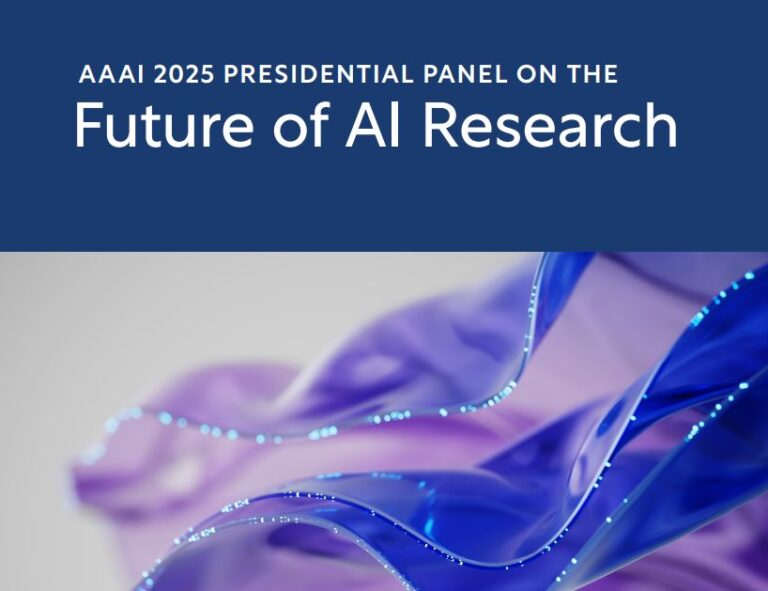AI Tools for Enhancing Cybersecurity Measures: A New Era of Defense
In an age where cyber threats are evolving at an unprecedented pace, the need for robust cybersecurity measures has never been more critical. Traditional security methods, while still valuable, often struggle to keep up with the volume, complexity, and sophistication of modern attacks. Enter artificial intelligence (AI), a transformative force reshaping the landscape of cybersecurity. By leveraging machine learning, natural language processing, and predictive analytics, AI tools are equipping organizations with smarter, faster, and more adaptive defenses. This article explores how AI is enhancing cybersecurity, the key applications driving this change, and the challenges that come with it.
AI in Threat Detection and Monitoring
One of the most significant contributions of AI to cybersecurity lies in its ability to detect threats in real time. Cybercriminals deploy increasingly complex attacks, from ransomware to zero-day exploits, often bypassing conventional firewalls and antivirus software. AI-powered systems, however, analyze vast datasets to identify anomalies and suspicious patterns that might escape human notice.
Machine Learning Models: These models are trained on historical data to recognize normal behavior and flag deviations. For example, Darktrace’s Enterprise Immune System uses machine learning to mimic the human immune system, detecting threats like insider attacks or data breaches by analyzing network traffic. Similarly, Cylance’s AI-driven endpoint protection uses predictive algorithms to identify malware before it executes, reducing the need for signature-based detection.
Natural Language Processing (NLP): AI tools like Chronicle (by Google) and Bitdefender use NLP to scan emails, messages, and web traffic for phishing attempts or malicious content. By understanding context and linguistic patterns, these systems can identify sophisticated social engineering tactics that traditional filters might miss.
Predictive Analytics and Proactive Defense
AI isn’t just reactive—it’s revolutionizing how organizations anticipate and prevent threats. Predictive analytics leverages AI to forecast potential attack vectors by analyzing past incidents, trends, and vulnerabilities.
Behavioral Analysis: Tools like CrowdStrike’s Falcon platform use AI to monitor user behavior and detect anomalies that could signal insider threats or compromised accounts. By establishing a baseline of "normal" activity, AI can alert teams to activities such as unusual login times or unauthorized data access.
Threat Intelligence: AI systems like IBM’s Watson for Cyber Security aggregate and analyze global threat data, identifying emerging risks and providing actionable insights. This allows organizations to stay ahead of attackers by addressing vulnerabilities before they’re exploited.
Automated Incident Response
Speed is crucial in cybersecurity. AI enables automated response mechanisms that mitigate threats faster than human teams can.
SOAR Platforms: Security Orchestration, Automation, and Response (SOAR) tools, such as Palo Alto Networks’ Cortex XSOAR, use AI to automate workflows for incident response. This includes isolating affected systems, blocking malicious IPs, or even deploying patches without human intervention.
Chatbots and Virtual Assistants: AI-powered chatbots assist in triaging security alerts, guiding users through protocols, and escalating urgent issues. This reduces response times and allows security teams to focus on high-priority threats.
Enhancing Authentication and Access Control
As identity-based attacks rise, AI is playing a pivotal role in strengthening authentication mechanisms.
Biometric Authentication: AI enhances biometric systems (e.g., facial recognition, fingerprint scanning) by improving accuracy and reducing spoofing risks. For example, Apple’s Face ID uses AI to analyze facial features in real time.
Adaptive Access Control: Tools like Microsoft Azure Sentinel employ AI to assess login attempts based on contextual factors—such as location, device, and user behavior—granting access only when deemed safe. This "zero-trust" approach minimizes unauthorized access risks.
Challenges and Ethical Considerations
While AI offers immense potential, it’s not without hurdles.
Adversarial Attacks: Cybercriminals are increasingly using AI to create deceptive attacks, such as deepfake phishing or malware that evades detection by "poisoning" AI training data. This necessitates continuous updates and robust countermeasures.
Data Quality and Bias: AI systems rely on high-quality data to learn effectively. Poor data can lead to biased models, resulting in missed threats or false positives. Ensuring diverse and representative datasets is vital.
Privacy Concerns: The use of AI in monitoring user behavior raises privacy issues. Organizations must balance security needs with ethical data practices to maintain trust.
Human Oversight: Automation is not foolproof. Human expertise remains essential for interpreting AI outputs, especially in complex scenarios where context matters. Over-reliance on AI without proper checks can lead to errors.
The Future of AI in Cybersecurity
The integration of AI into cybersecurity is still in its infancy, but its trajectory is clear. Future advancements may include:
- Quantum Computing and AI: Combining AI with quantum computing could unlock new levels of threat detection and encryption.
- Collaborative AI Networks: Shared AI models across industries could create a collective defense against global threats.
- Explainable AI (XAI): Developing transparent AI systems that clarify their decision-making processes will build trust and ensure accountability.
As AI continues to evolve, it will likely become a cornerstone of cybersecurity strategies, complementing human efforts rather than replacing them. The key to success lies in continuous learning, ethical deployment, and fostering partnerships between AI developers and cybersecurity professionals.
Conclusion
AI tools are redefining cybersecurity by enabling faster detection, smarter predictions, and efficient responses. From identifying hidden threats in network traffic to automating complex workflows, their impact is profound. However, the journey isn’t without challenges. Organizations must navigate issues like adversarial threats, data bias, and privacy concerns while ensuring AI remains a force for good. As the digital world grows more interconnected, AI’s role in safeguarding it will only become more vital—offering a proactive, adaptive defense in an ever-changing threat landscape.







